Sebastopols are an ornamental breed of geese, kept for the exquisite beauty. When fully feathered in the summer, they appear to float across the lawn wearing long gowns of white ruffles. Their feathers grow poorly in a curled fashion and the wing feathers can be askew as well, giving them a very unkempt appearance when they are growing feathers. However, the geese look spectacular when they are fully dressed. Due to small numbers, there is not an adquate gene pool in Canada, and many of these geese are inbred leading to poor fertility rates. For that reason, they are sometimes mated with other breeds of geese . If the ruffled feather pattern is dominant, then the offspring are much hardier than the pure Sebastopols and also will be more fertile usually. Then the resultant bird is a coloured Sebastopol, not a recognized breed of goose, but still a very beautiful one.
The Sebastopols seem to stay together. Geese tend to mate for a long time, if not for life. Hopefully they will have little Sebastopol goslings, but if not, the Toulouse cross gander will mate with the female and possibly produce coloured Sebastopols, most likely grey splash on white. In any event, they birds are beautiful and a joy to watch and a wonderful addition to the Fat Ewe Farm. Oh, and poor Eunice…the wry neck Rouen.
It is not only human nature that shuns those who are not like the others. I see the ducks bite her and try to move her away, so she remains after they have left to eat or to bathe. My heart breaks for her, my Eunice. She stayed after the ducks went home so she could bathe in peace without the biting of many bills trying to mover her away. Nature can be cruel as well as beautifule.

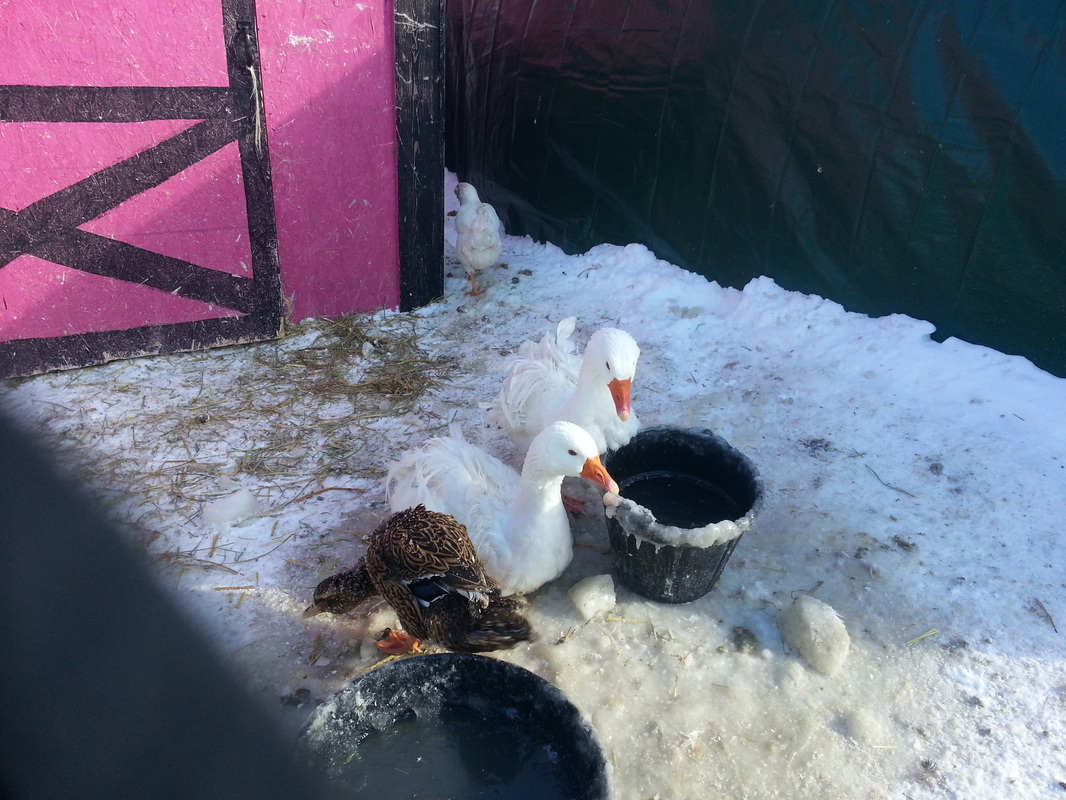
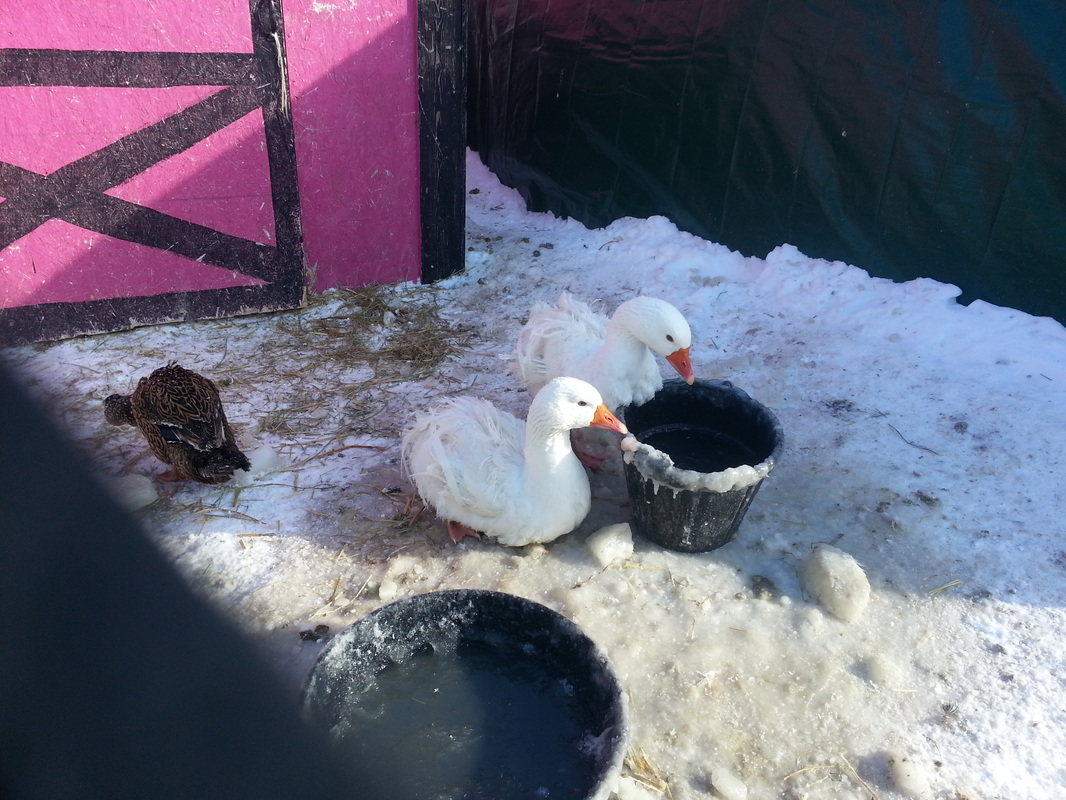
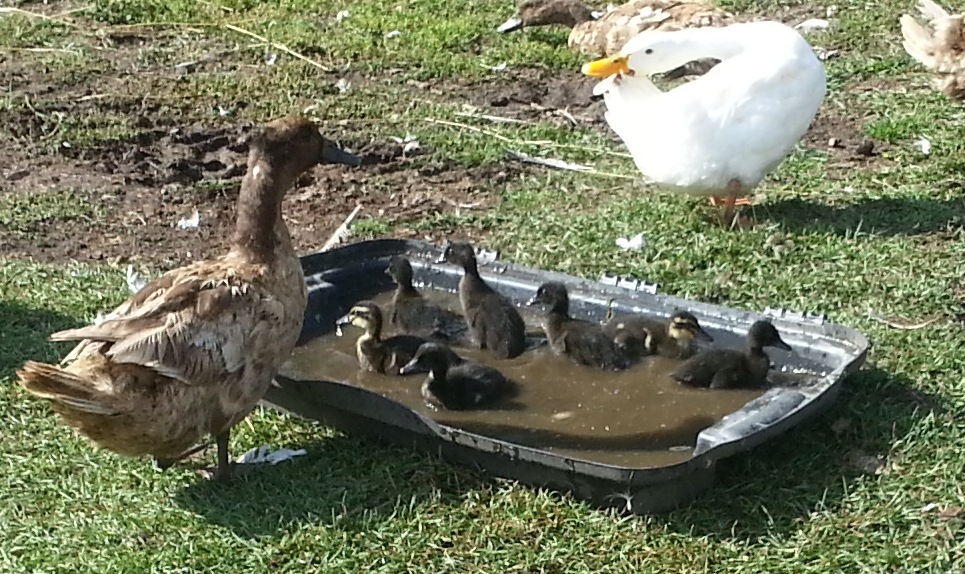
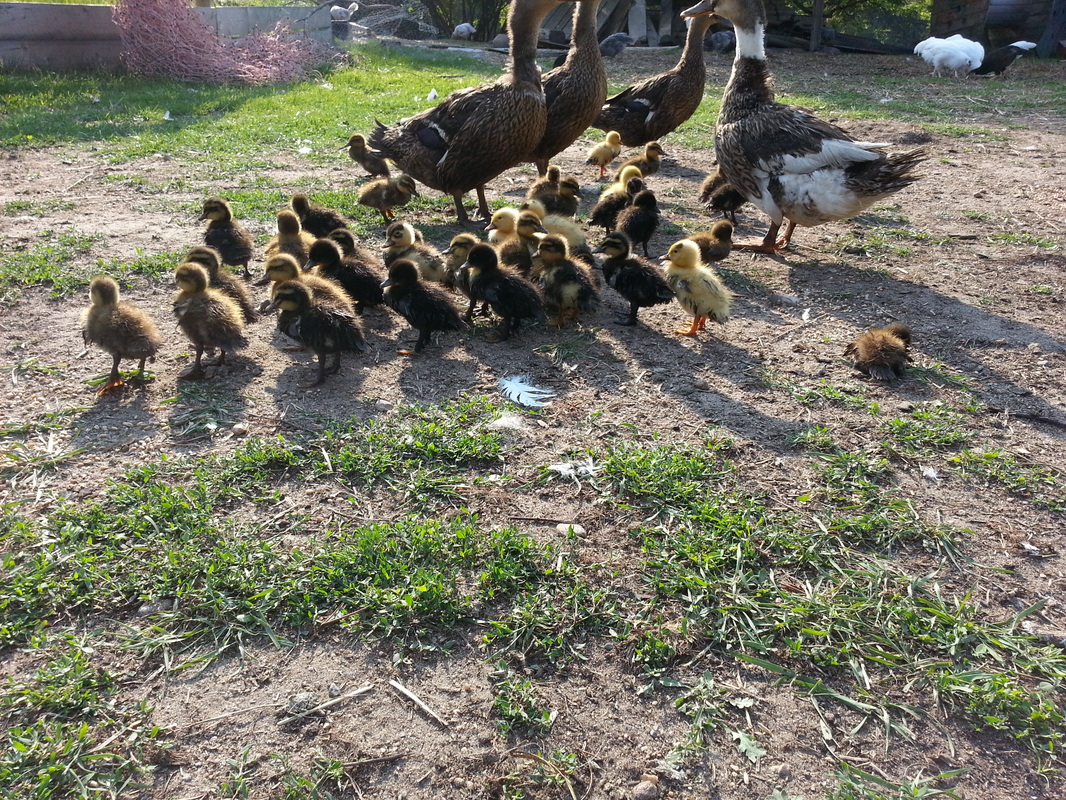
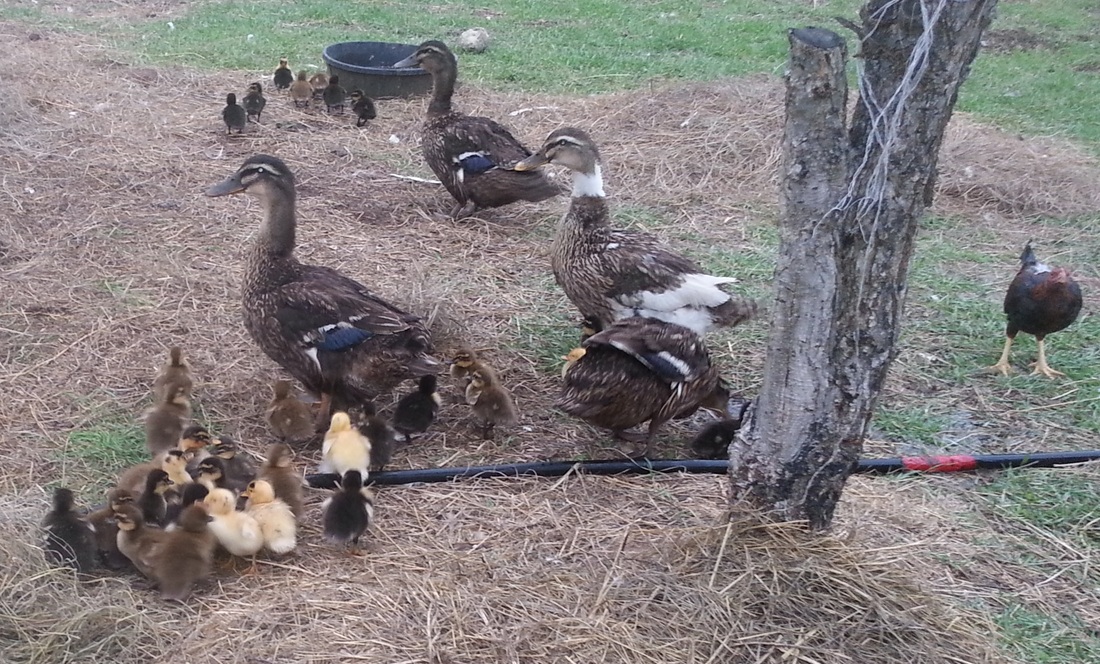
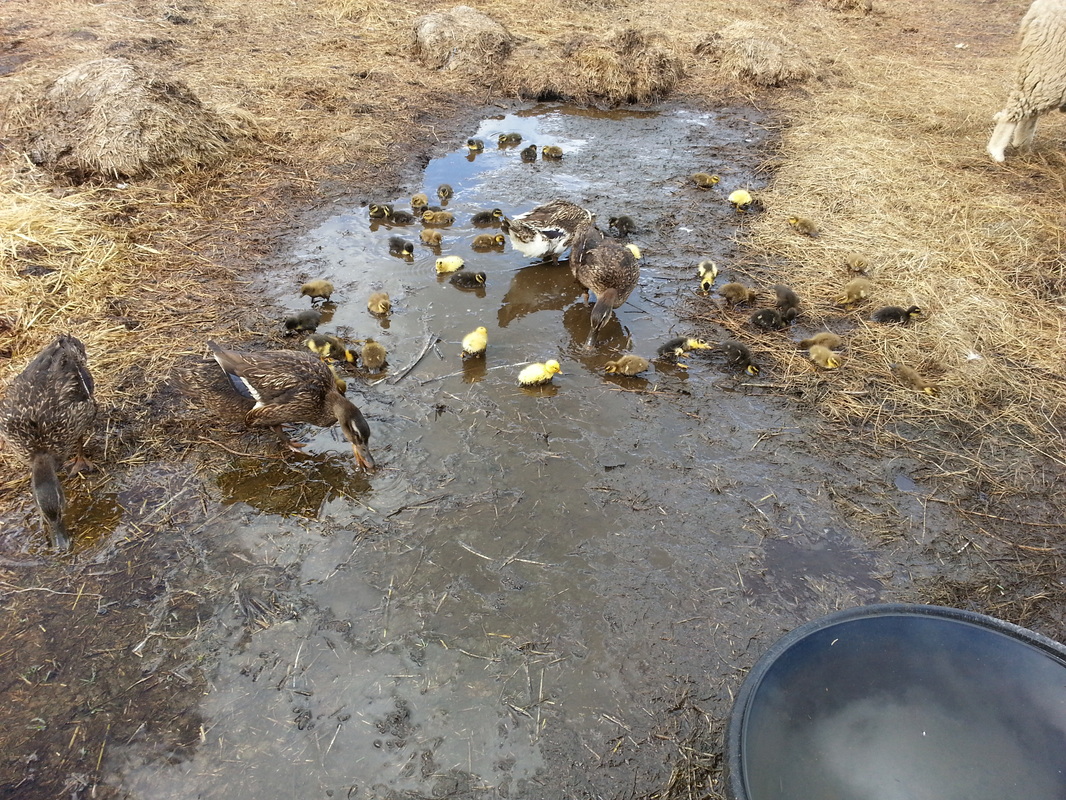
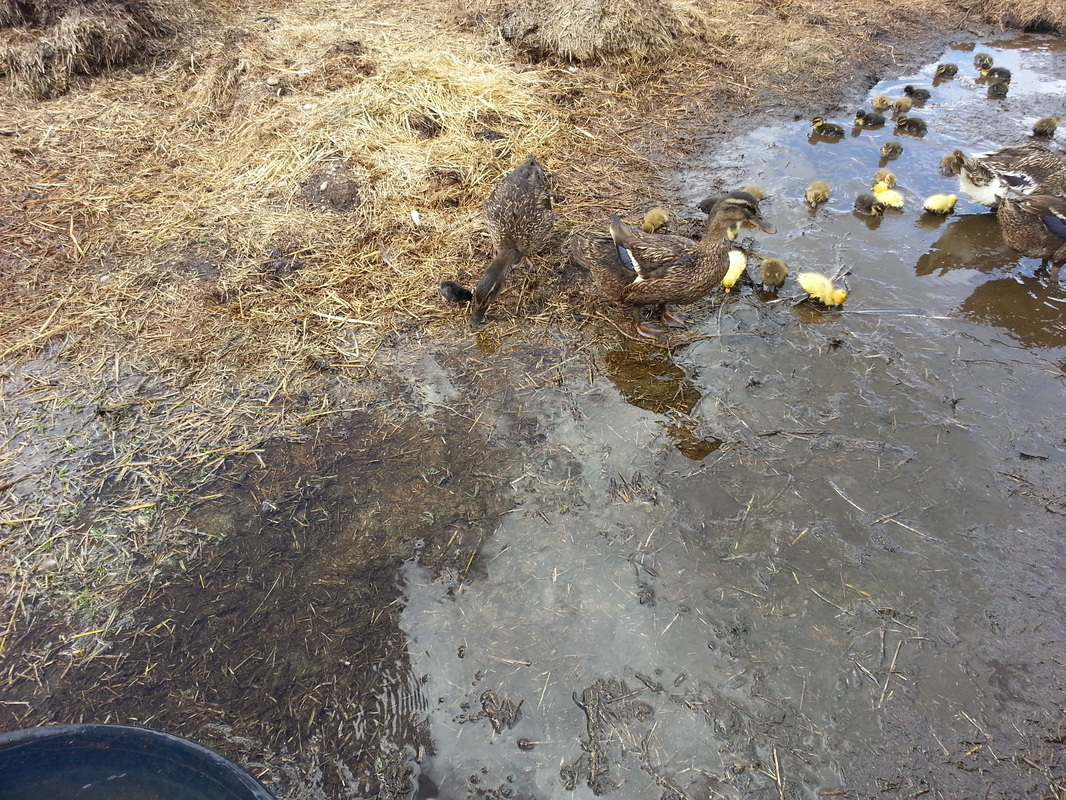
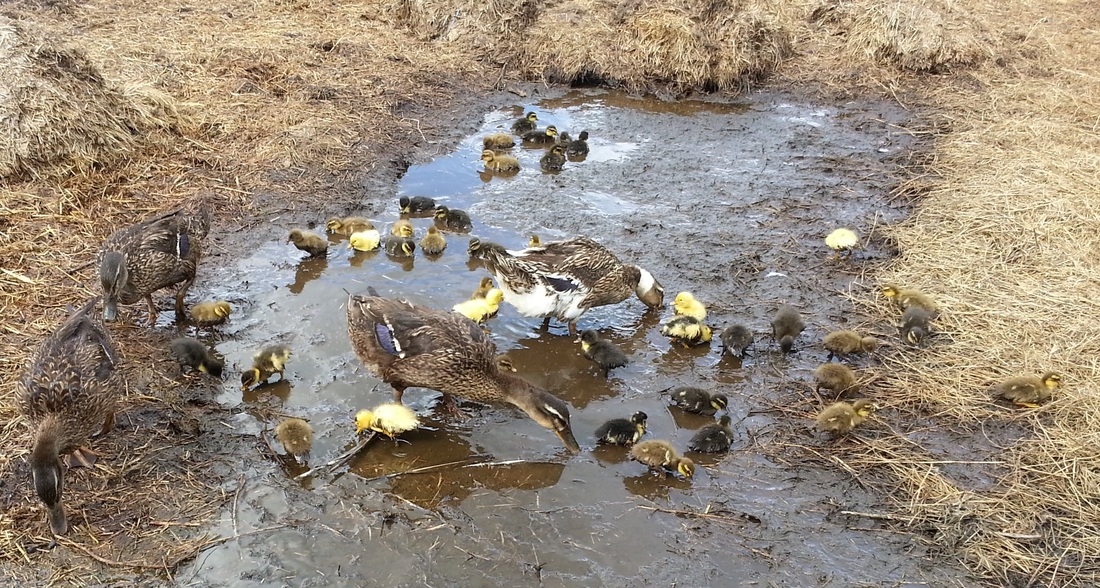
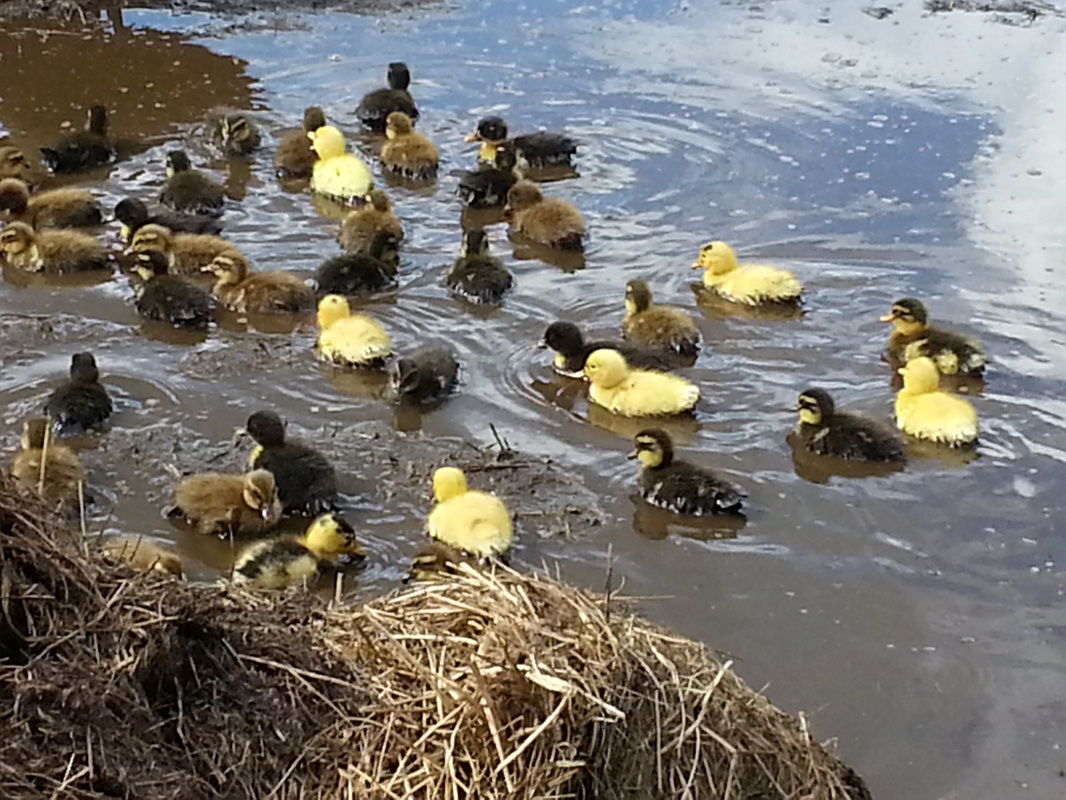
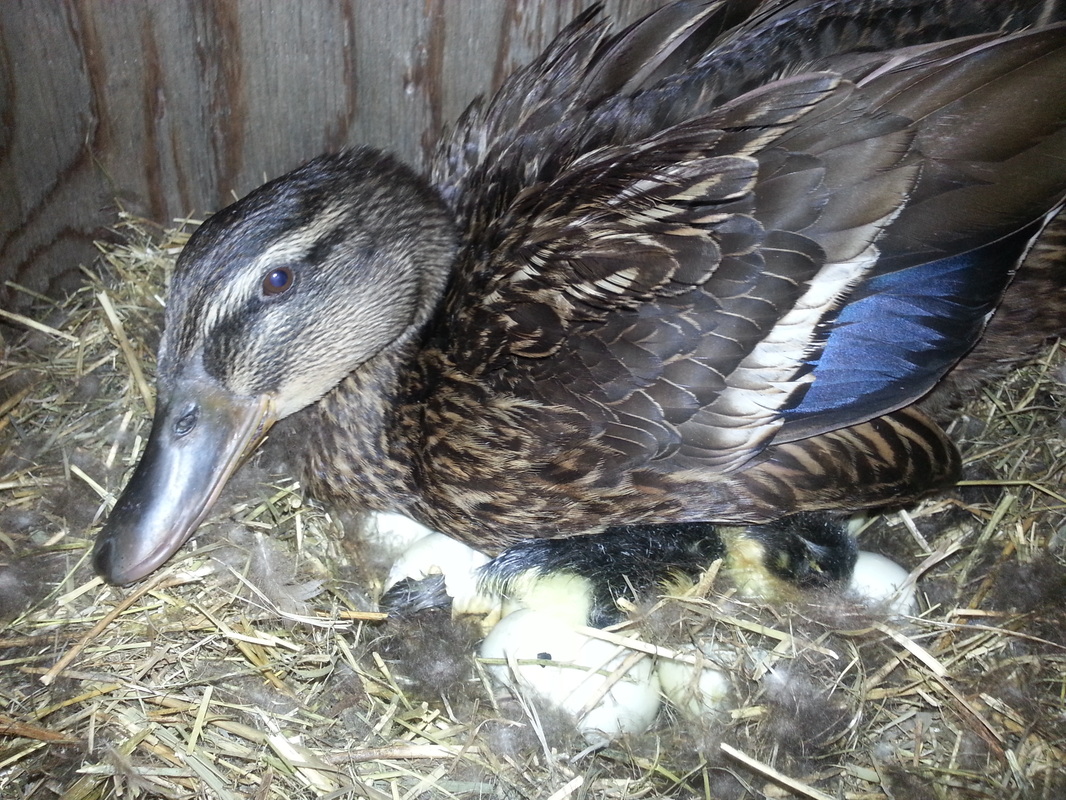
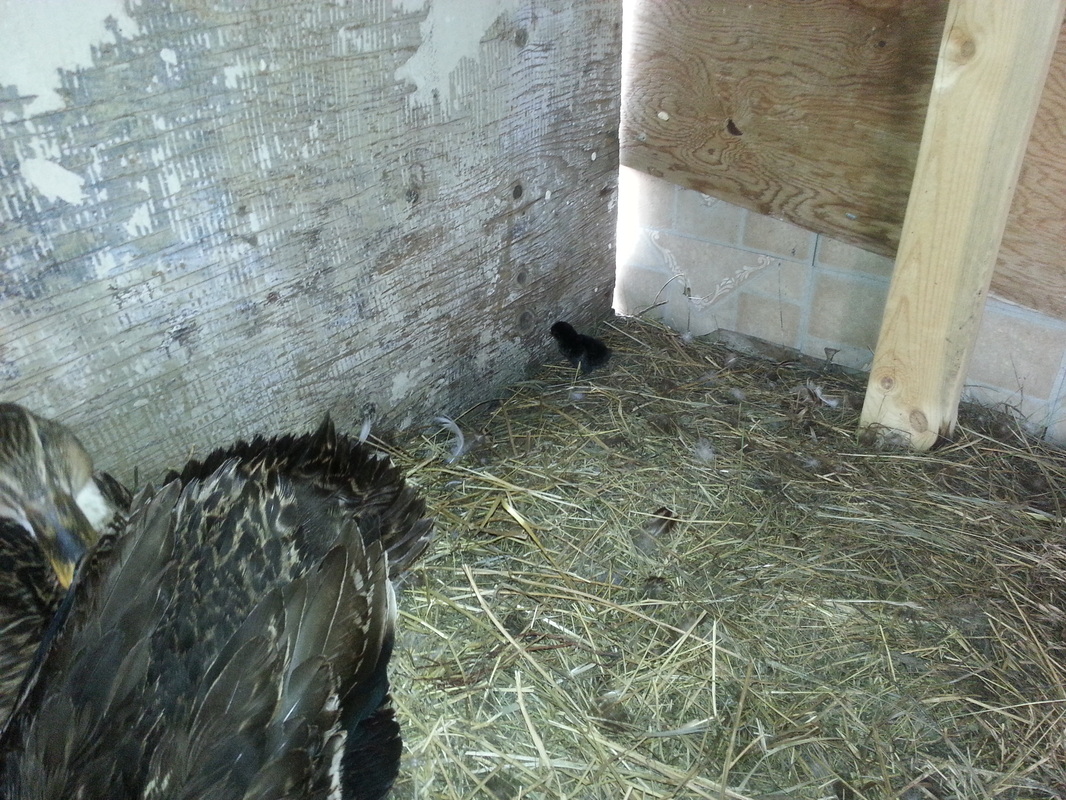
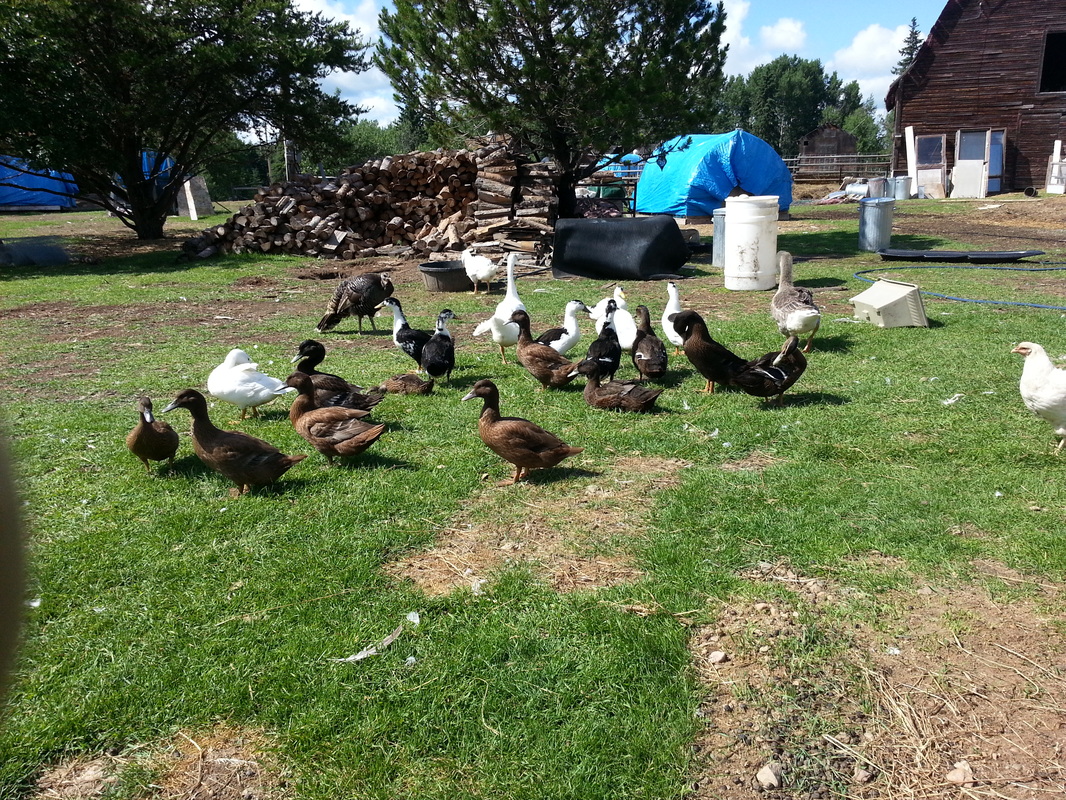
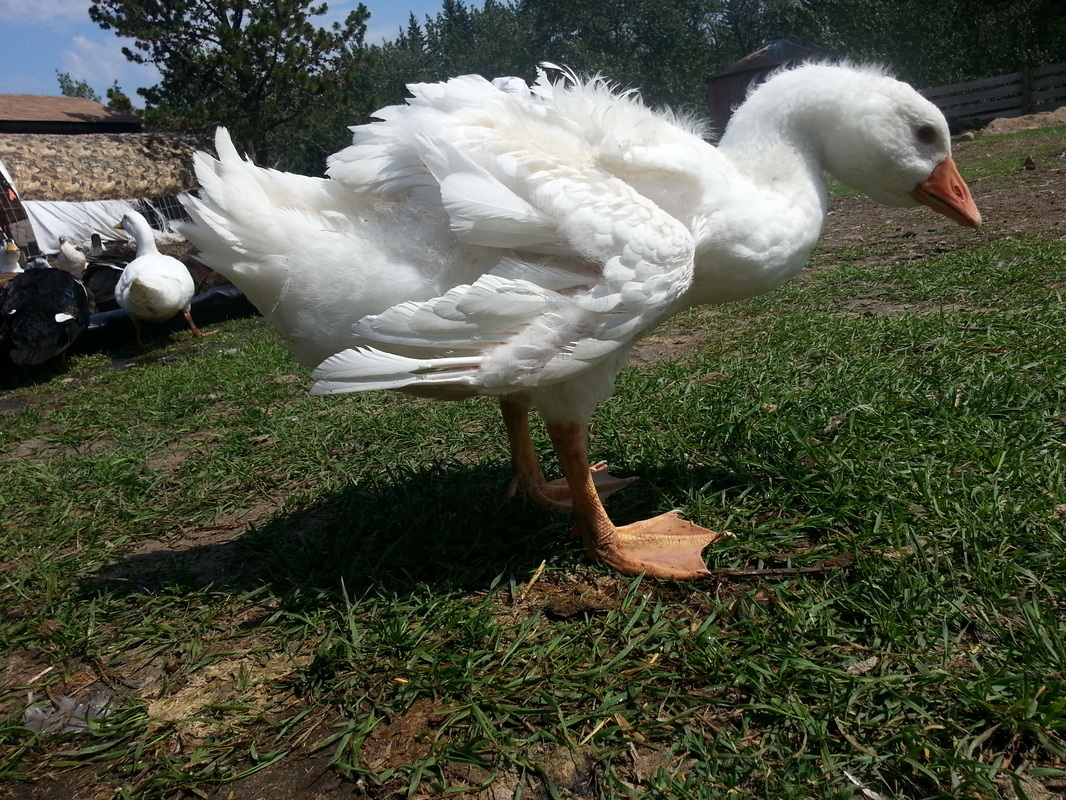
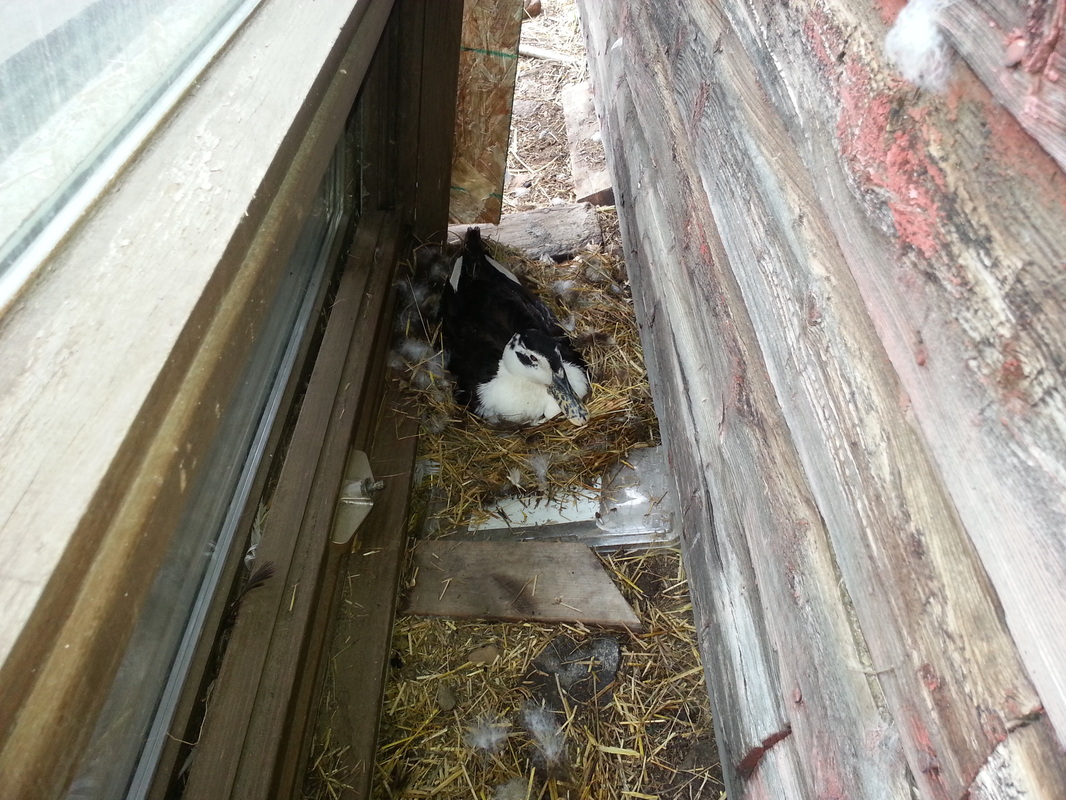
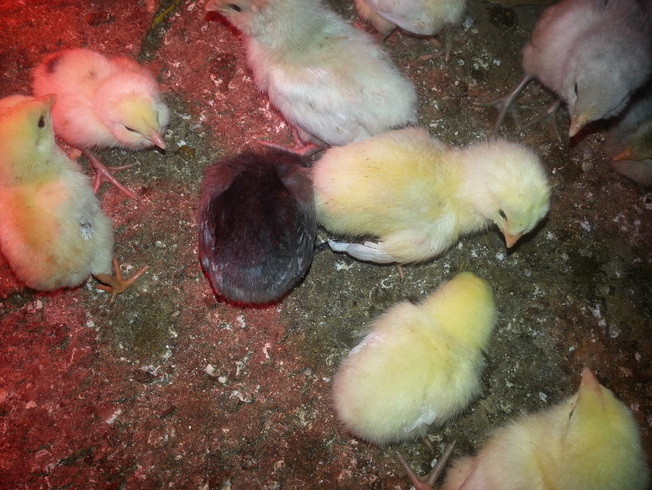
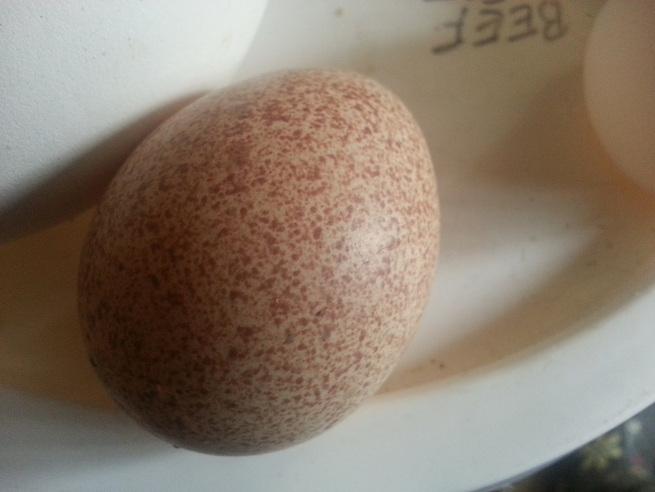

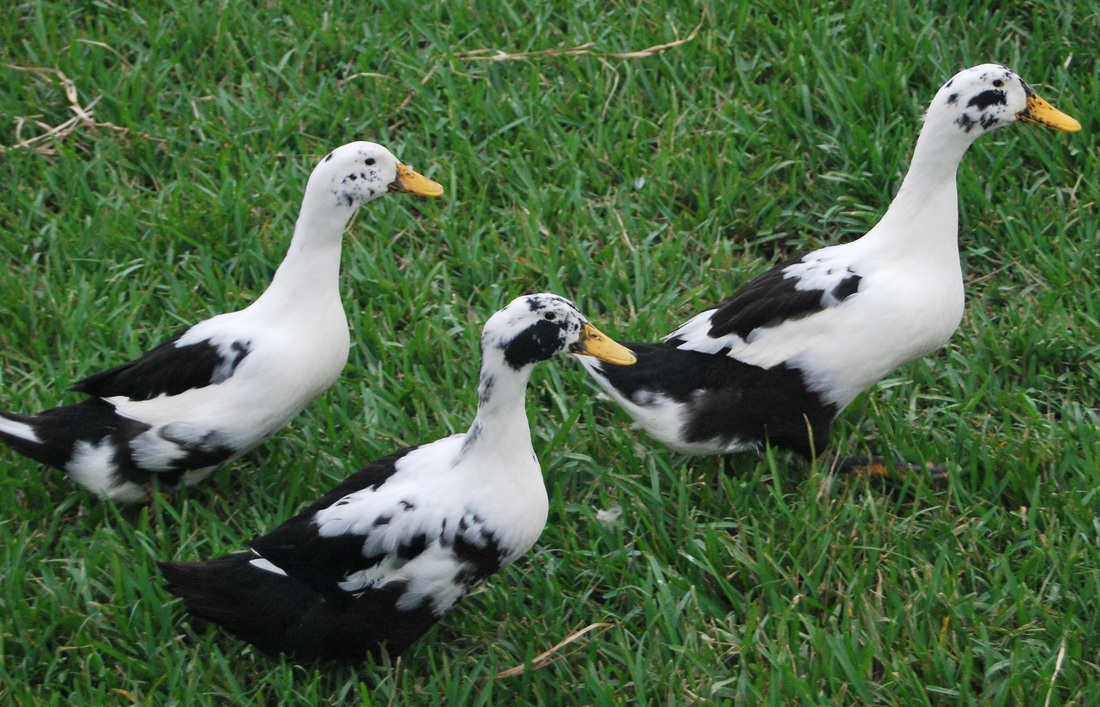
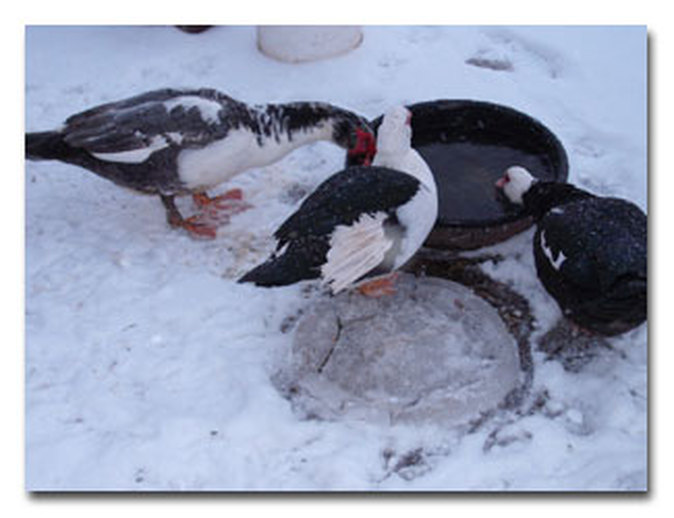
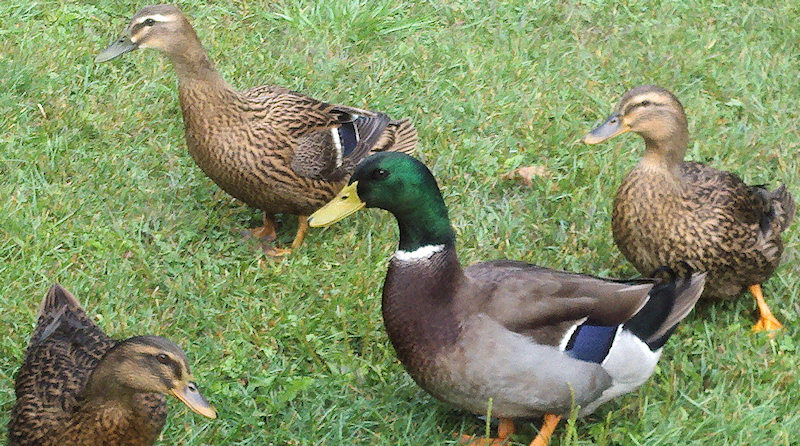
 RSS Feed
RSS Feed